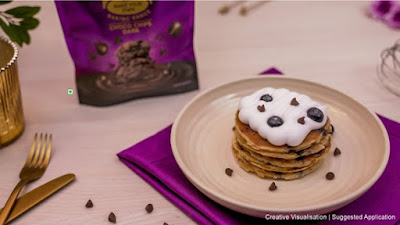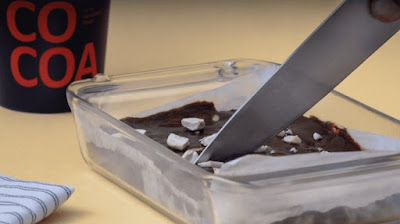Tips and tricks to make perfect pancakes
Do you like pancakes? You will enjoy them once you have studied these tricks and tips that will turn you into a master pancake cook! Learn everything there is to know about ingredients, combining, cooking, turning, presenting, preserving, warming, and more!
Flour
Pure flour makes a huge difference in pancake flavour and texture since the easier the recipe, the more important high-quality components are. So go to a nutritional food store, a local mill, or the organic produce area of the supermarket store to get your flour. Cake flour can be used to make exceptionally light, fluffy pancakes.
Griddle
Sprinkle a few droplets of water on the griddle to see whether it is hot enough. It is ready when the drips bounce and sizzle. You should probably test the mixture and griddle by making one sample pancake initially. The griddle is too warm if your pancakes browns on the base before bubbling develop on top; conversely, if the tops get dry before the bottoms, the griddle is too cool.
Batter
Overmixing pancake batter causes the gluten to overproduce, leading to rubbery pancakes. Over-mixing also causes the air bubbles in the mixture to break, which is necessary for light pancakes. The baking soda pancake mixture must be cooked instantly since the liquid begins to immediately respond, and if you wait much longer, the mixture will flatten. Only mix the batter until it is wet. Do not worry about the leftover little lumps; they will cook-off.
Remember that each cook measures differently, thus the batter may require minor adjustments. If the batter appears too heavy, add a spoonful at a time of milk, buttermilk, or water; if it appears too watery and runny, add a spoonful or so of flour. Too liquid pancake mixture results in skinny, flat pancakes. Too-thick pancake mixture will not disperse, leading to thick pancakes with doughy interiors. Pancake batter consistency is vital, but it can be unexpected according to ingredients, how long the mixture rests, and sometimes even weather. Please remember that refined wheat mixtures will expand as they sit.
Pancakes Pouring
A ladle can be used to pour pancake mixture, but keep in mind that the higher you lift it, the more likely it is to burst the air bubbles in the batter. As a result, keep the ladle close to the griddle's bottom. You want at least a tiny bit of spacing between frying pancakes, so keep that in mind as you distribute the batter.
Using a Spatula
Avoid the impulse to stir the pancakes whereas the first side is cooking, since this will disrupt the barrier between the pancake and the cooking pan, resulting in less evenly cooked Choco Chips Pancakes. Likewise, just turn pancakes once. The second side rarely cooks as uniformly as the first and requires longer to cook. A thin, wide spatula effortlessly slides under fragile pancakes and allows you to turn them without damaging them. With just a spatula, raise only the border of a pancake to test if it is golden brown and prepared to flip. If you do not want the pancakes attached to the wall or the bottom, turn them carefully. Cook for another 1-2 minutes after inverting. Never use a spatula to pat pancakes.



Comments
Post a Comment